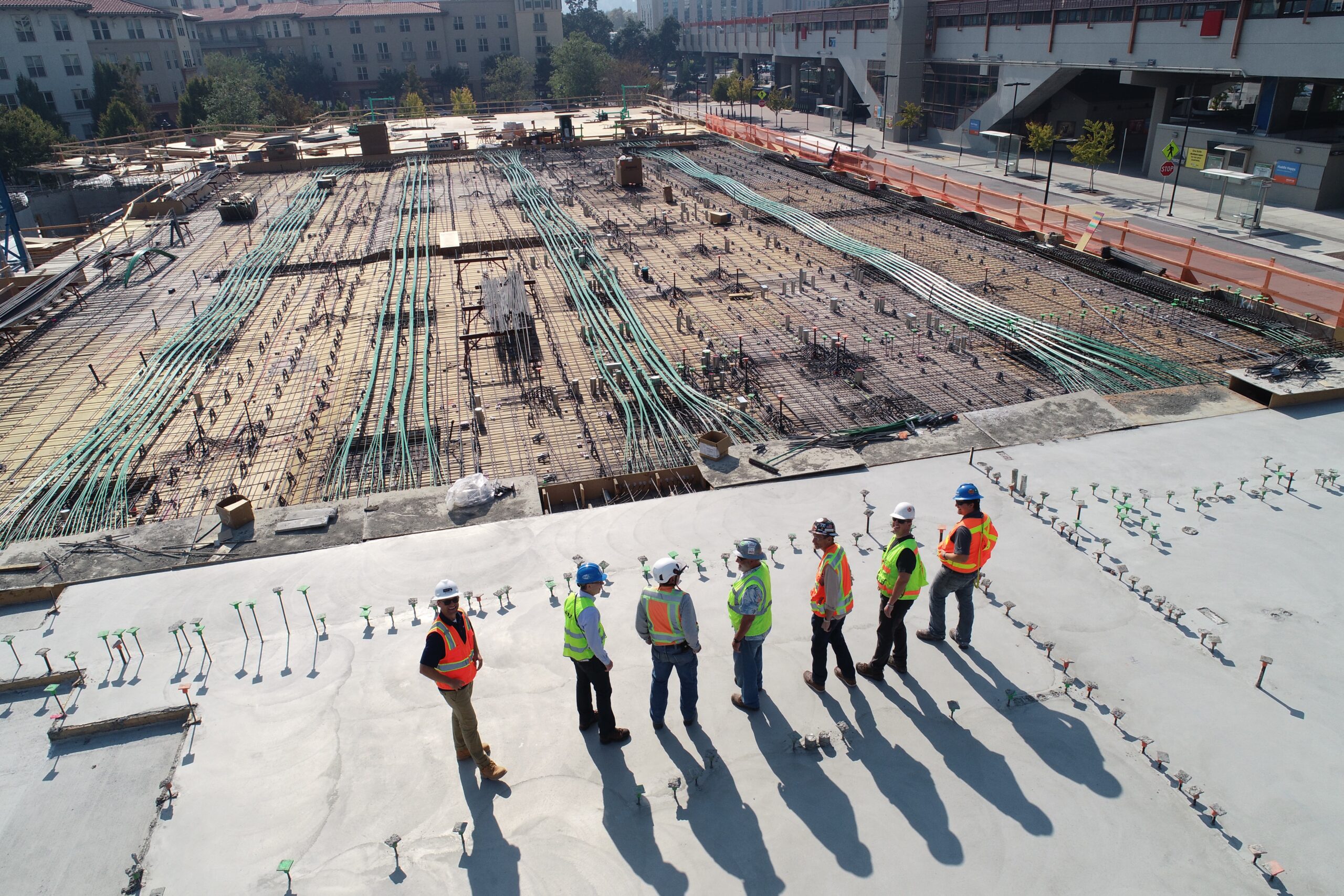How Construction Contract Allowances and Contingencies Can Help You Prevent Conflicts and Disputes

Many construction contract prices include amounts designated as an allowance or a contingency. Too often, the parties’ misunderstanding of what those designations mean causes disputes. To reduce those disputes, it is not only crucial that the construction contract clearly defines these classifications of costs, but that the parties also have a good understanding of the effect of including such amounts.
Below we’ll discuss methods of dealing with certain construction costs, show the differences, and give suggestions on reducing the confusion they often cause.
An allowance is defined as an amount established in the contract documents for the inclusion in the contract sum to cover the cost of prescribed items not specified in detail, with provision that variations between such amounts and the finally determined cost of the prescribed items will be reflected in change orders appropriately adjusting the contract sum.
The need for allowances commonly arises when the owner has not made selections as to the type or quality of a finish-out material before entering into the construction contract. In such situations, the parties can include a material cost amount in the contract price that would ideally cover the material cost of an agreed quality level.
If the material cost exceeds the allowance, the contract price would need to be appropriately increased by the difference. Likewise, the contract price would need to be appropriately decreased if the selected material costs were below the allowance. Because the labor for installation is usually similar regardless of the quality of material chosen, a builder should include its labor costs in the original contract price and not as part of the allowance.
Allowances can be used for materials not yet selected or for tasks for which the extent of the work is unknown. For example, as to material allowances, the bid might include material allowances of $4.00 per sq. ft. for ceramic tile, $8,000 for kitchen cabinets, and $5,000 for lighting. As an example of a task allowance, the bid might include $5,000 for mold remediation.
The main disputes occur when the parties are not clear on 1) the quality of material included as the basis for the allowance and 2) the types of costs included in the allowance. For example, if the allowance provides for the cost of “builder’s grade” cabinets, but the owner expected it to cover custom cabinets, this can cause a dispute.
A builder can help reduce confusion by communicating what amounts are included in the allowance, the type and quality of material that the allowance should cover, and notify the owner if a proposed material selection exceeds the allowance.
The other method of handling certain unknown costs is a contingency amount. A contingency is, “[a]n amount added to an estimate to allow for items, conditions, or events for which the state, occurrence, or effect is uncertain and that experience shows will likely result, in aggregate, in additional costs.”
The two types of contingencies are the “owner reserve” and the “contractor contingency.” An owner reserve is an amount set aside by an owner in its budget to cover unforeseen contingencies, such as
surprise asbestos remediation. An owner reserve is not included in the contract price but is a way of ensuring the owner’s lender has set aside sufficient funds to pay for unforeseen costs.
The contractor contingency is an amount included in the contract price that cannot otherwise be included in a schedule of values, such as costs for incomplete designs, scope errors, construction disturbances like strikes, accidents, or breakdowns, and regulatory risks.
For fixed-fee contracts, typically the contractor contingency is embedded in the various categories in the schedule of values. Regardless, even if shown as a separate line, such amounts belong to the contractor, and if unused, become profit for the builder at the end of construction.
For cost-plus with guaranteed maximum price contracts, the contractor contingency is usually shown as a separate budget amount. During construction, if these funds are spent for defined purposes, the owner will pay for these expenses up to the contractor contingency amount. If funds are leftover at the end, a change order should issue reducing the contract price by the amount of savings. On the other hand, if the defined costs exceed the contractor contingency, the builder will be forced to absorb these additional costs.
The keys to reducing problems with contingencies and allowances are to define them correctly, ensure that all parties understand their use, and communicate regularly. Construction Attorney Joe Tolbert of Brackett & Ellis, P.C. can help you put a system in place to help make your project a success – call 817-338-1700 or visit https://ftworthconstruction.lawyer.